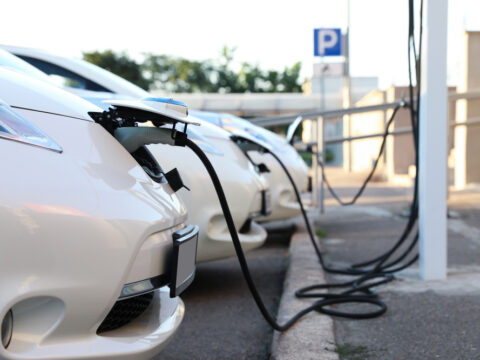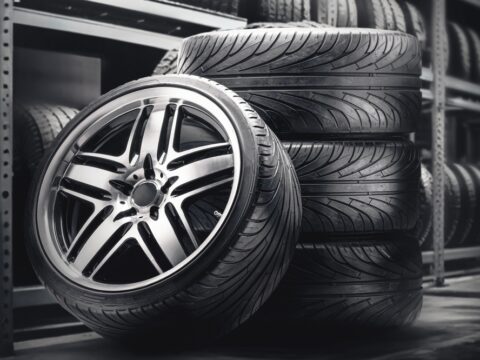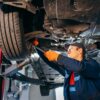Government regulations are playing a crucial role in the evolution of car manufacturing, pushing the industry toward innovation and sustainability. These rules are not just guidelines but powerful drivers of change, shaping how cars are designed, produced, and brought to market. In this article, we’ll explore 15 key government rules that are transforming the way vehicles are made, driving the industry into a new era of efficiency and environmental responsibility.
Contents
Emissions Standards
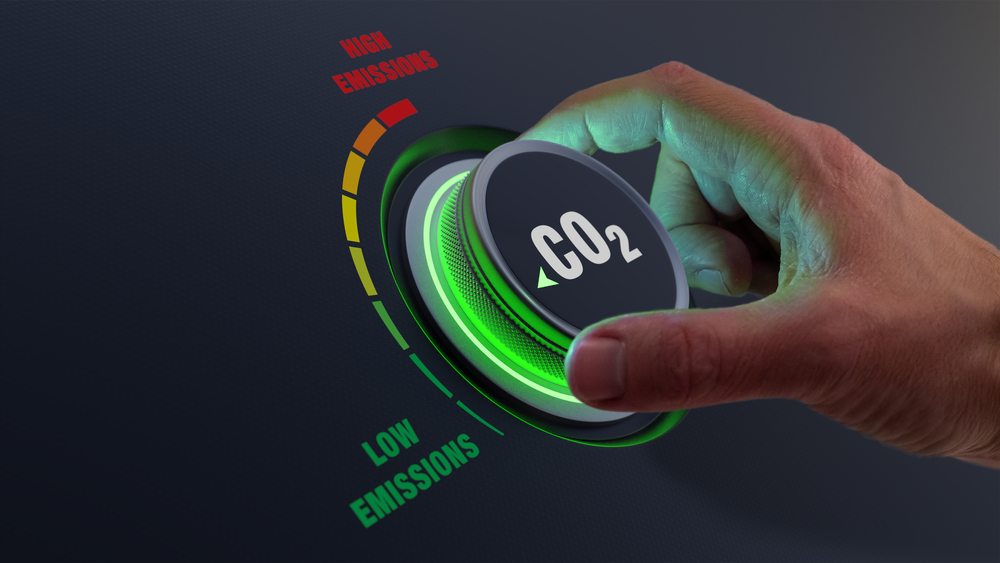
Emissions standards are critical in reducing the environmental impact of vehicles. By limiting the amount of CO2 and other harmful pollutants that cars can emit, these regulations push manufacturers to innovate in cleaner technologies, such as improved catalytic converters and advanced engine management systems. This helps in combating air pollution and climate change, making vehicles more eco-friendly and sustainable for the future.
Fuel Efficiency Requirements
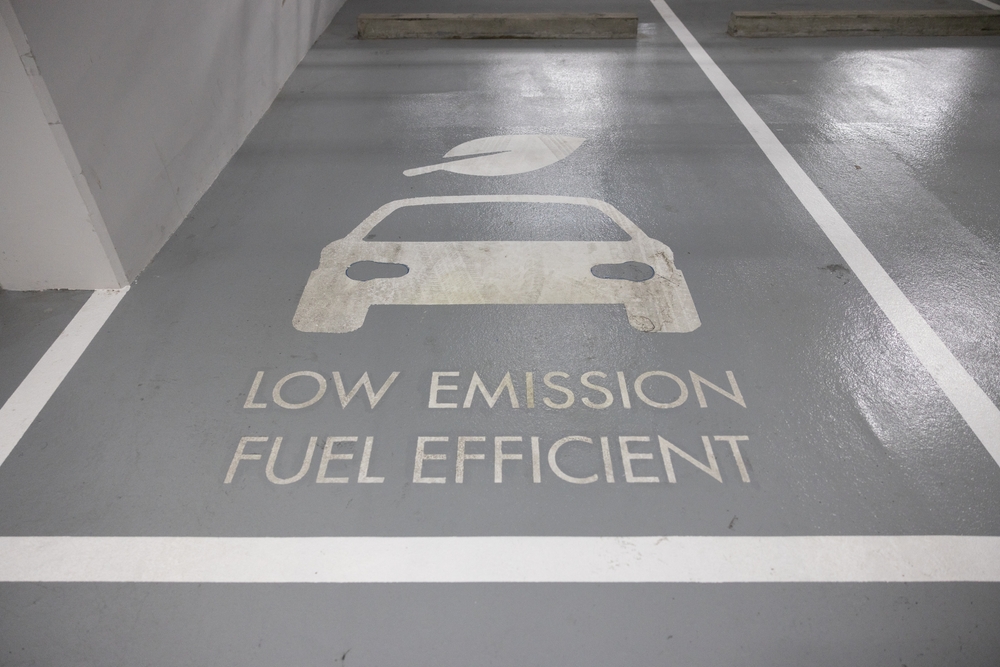
Fuel efficiency requirements mandate that vehicles achieve specific miles-per-gallon (MPG) targets, encouraging manufacturers to produce more energy-efficient engines and lightweight materials. These regulations reduce fuel consumption, lower greenhouse gas emissions, and save consumers money on fuel, driving the auto industry toward a future where efficiency is as important as performance.
Electric Vehicle (EV) Incentives
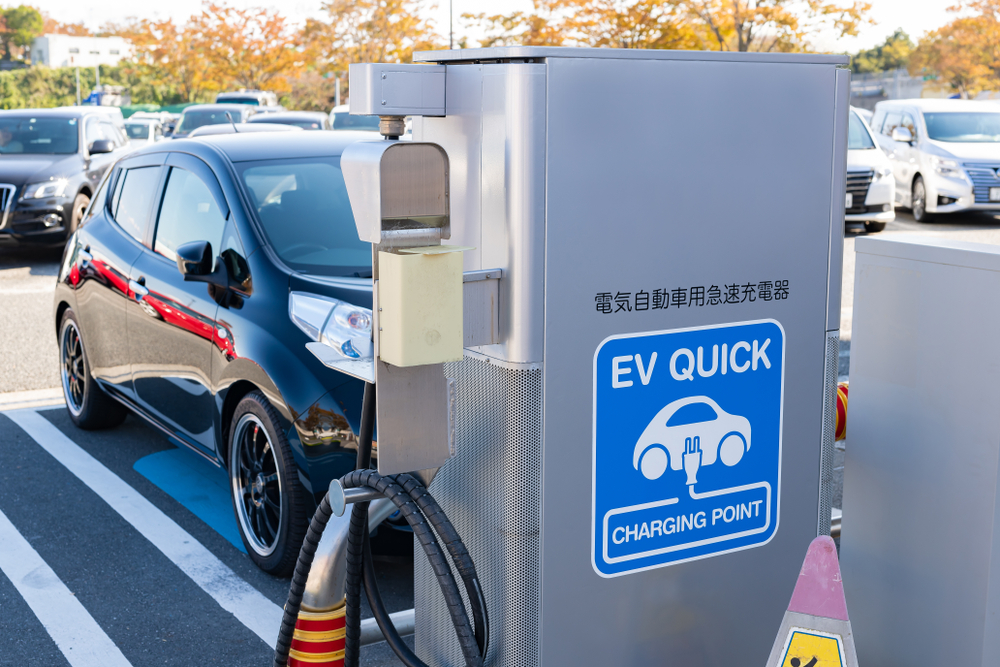
Governments around the world are offering subsidies and tax breaks to promote the production and purchase of electric vehicles (EVs). These incentives make EVs more affordable for consumers and encourage manufacturers to invest in electric technologies. The shift to electric vehicles is essential for reducing reliance on fossil fuels and lowering overall emissions, aligning with global sustainability goals.
Safety Standards
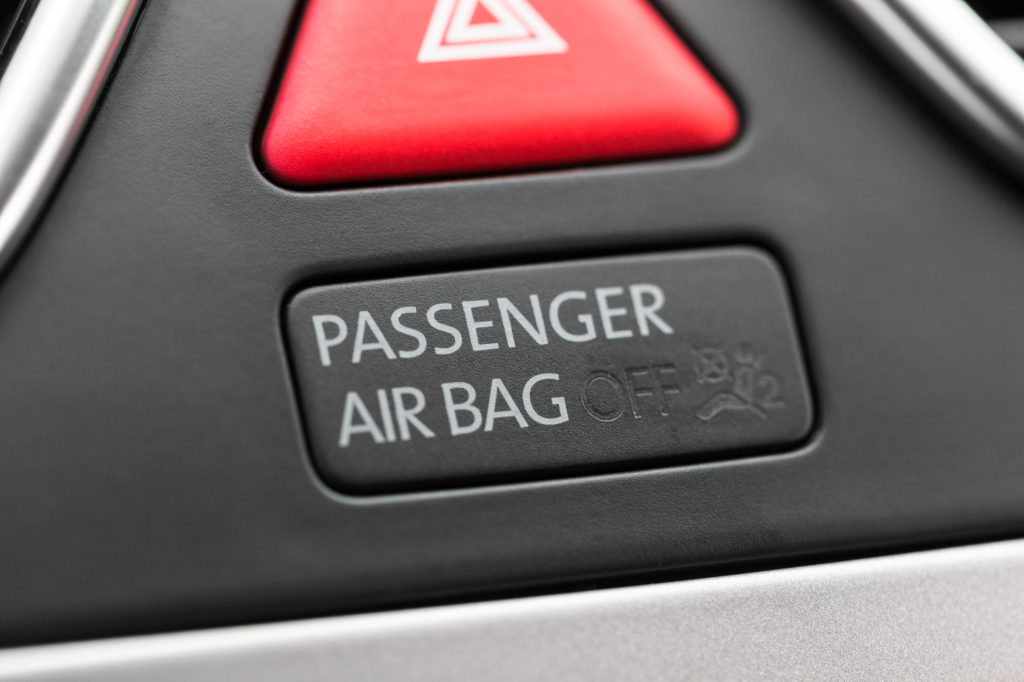
Safety standards are essential for ensuring that vehicles protect their occupants in the event of an accident. Regulations requiring features like airbags, anti-lock brakes, and electronic stability control have made cars significantly safer over the years. These standards save lives and reduce injuries, pushing manufacturers to continually improve the safety features in their vehicles.
Crash Test Requirements

Crash test requirements ensure that vehicles meet specific safety criteria when involved in accidents. These regulations mandate that vehicles undergo rigorous testing to evaluate their structural integrity and the effectiveness of safety features like crumple zones and seatbelts. By enforcing these standards, governments ensure that vehicles are designed to protect passengers in real-world crash scenarios.
Autonomous Vehicle Guidelines

As self-driving technology advances, governments are establishing guidelines to govern the development and testing of autonomous vehicles. These rules address safety, cybersecurity, and ethical concerns, ensuring that autonomous vehicles can operate safely on public roads. Proper regulation is vital to prevent accidents, build consumer trust, and ensure the responsible deployment of this transformative technology.
Noise Pollution Standards

Noise pollution standards are regulations that limit the noise levels vehicles can emit, particularly in urban areas where excessive noise can affect the quality of life. These standards push manufacturers to develop quieter engines and exhaust systems, contributing to a more peaceful environment. Reducing noise pollution is also essential for protecting public health and enhancing urban livability.
Renewable Energy Integration

Governments are increasingly requiring car manufacturers to incorporate renewable energy sources into their production processes. This includes using solar, wind, or hydroelectric power in factories and encouraging the use of renewable materials in vehicles. Integrating renewable energy reduces the carbon footprint of vehicle production and aligns the auto industry with global sustainability goals.
Supply Chain Transparency

Regulations demanding greater transparency in the automotive supply chain ensure that materials and components are sourced ethically and sustainably. This includes avoiding conflict minerals, ensuring fair labor practices, and reducing environmental impacts. Transparency in the supply chain promotes social responsibility and helps consumers make informed choices about the vehicles they purchase.
End-of-Life Vehicle Directives

End-of-life vehicle directives require manufacturers to take responsibility for the disposal and recycling of vehicles at the end of their life cycle. These regulations ensure that cars are dismantled and recycled in an environmentally friendly manner, reducing waste and conserving resources. By promoting recycling, these rules contribute to a circular economy within the automotive industry.
Battery Recycling Requirements

As the production of electric vehicles grows, so does the need for responsible battery disposal. Battery recycling requirements mandate that manufacturers establish processes for safely recycling the batteries used in EVs. These regulations help prevent environmental contamination from hazardous battery materials and promote the reuse of valuable resources like lithium and cobalt.
Greenhouse Gas Reporting
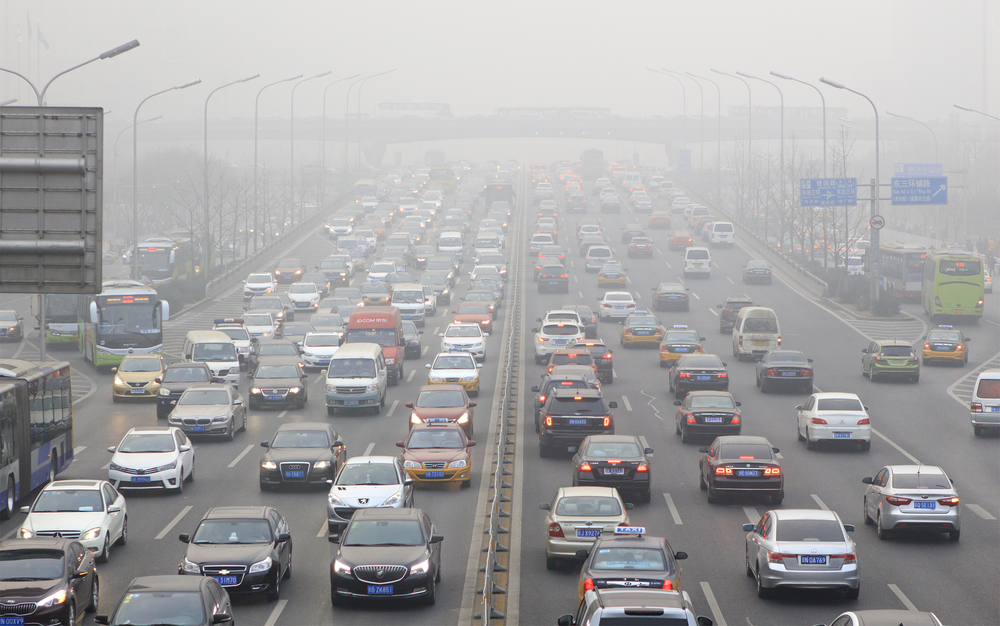
Greenhouse gas reporting regulations require automakers to track and report the emissions generated during the production and operation of their vehicles. This transparency holds manufacturers accountable for their environmental impact and encourages them to adopt cleaner technologies and practices. Accurate reporting is essential for monitoring progress toward climate goals and ensuring regulatory compliance.
Clean Air Act Regulations

In the United States, the Clean Air Act imposes stringent rules to reduce air pollution from vehicles. These regulations have driven significant advancements in emission control technologies, such as catalytic converters and particulate filters. By enforcing strict air quality standards, the Clean Air Act has helped to protect public health and improve air quality nationwide.
Corporate Average Fuel Economy (CAFE) Standards

CAFE standards in the U.S. set average fuel efficiency targets that automakers must meet across their fleets. These regulations incentivize the production of fuel-efficient vehicles and penalize manufacturers that fail to meet the targets. CAFE standards have been instrumental in reducing fuel consumption and lowering greenhouse gas emissions from the automotive sector.
European Emission Standards
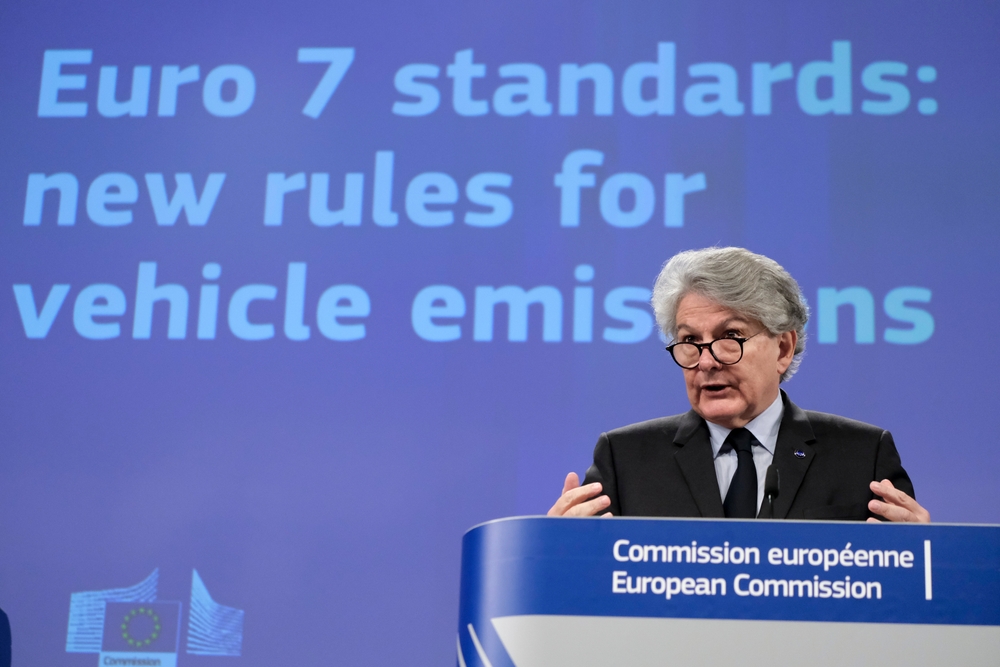
The European Union has some of the strictest emission standards in the world, focusing on reducing nitrogen oxide (NOx) and particulate matter from vehicles. These regulations have pushed manufacturers to develop cleaner diesel engines and adopt technologies like selective catalytic reduction (SCR) and particulate filters. By setting high standards, the EU ensures that vehicles sold in Europe are among the cleanest on the market.
This article originally appeared in MyCarMakesNoise.
More from MyCarMakesNoise
20 Greatest British Sports Cars of All Time

British sports cars are renowned for their blend of style, performance, and innovation. From classic icons like the Aston Martin DB5 to modern marvels like the McLaren P1, these cars embody the pinnacle of automotive excellence. Read More
18 Vintage Motorcycles That Have Declined in Value

The allure of vintage motorcycles often lies in their timeless design and storied history. However, not all classic bikes have retained their value over the years. Read More
16 Exclusive Classic Cars That Are Expected to Appreciate in Value

Classic cars hold a timeless appeal and can offer significant returns on investment. As certain models become rarer and more sought after, their value steadily climbs. Read More



